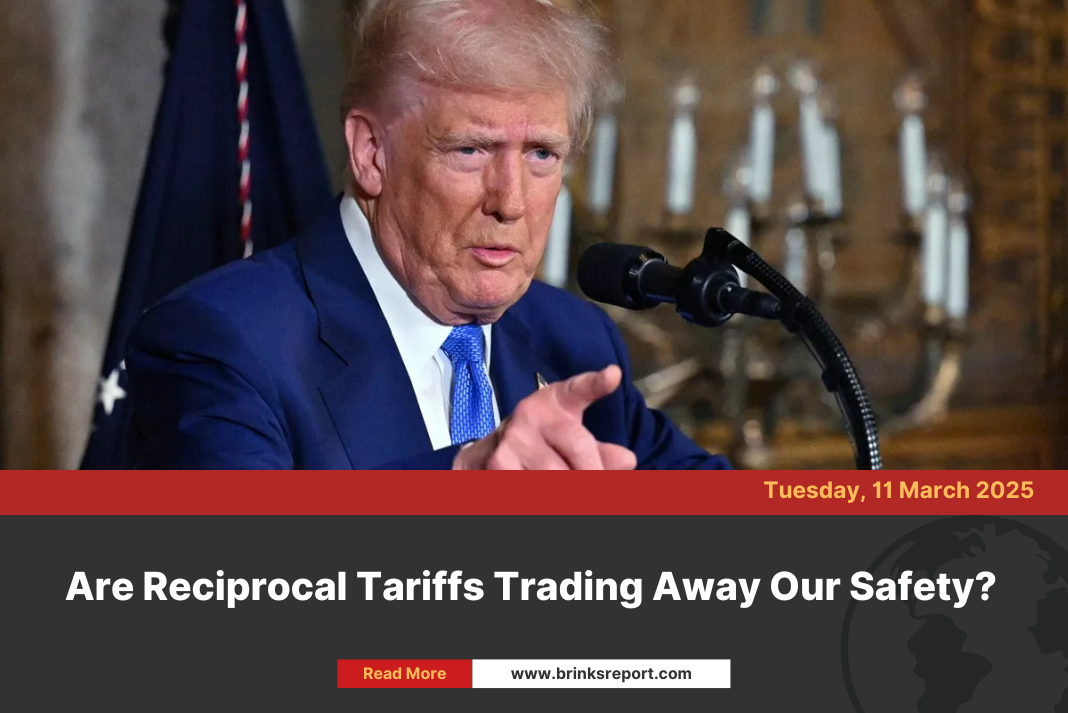
NSE vs. PSX: A Tale of Two Economies
As of April 2025, the stock markets of India and Pakistan offer a stunning case study in economic divergence. The India vs Pakistan stock market gap is no longer just a matter of perception—it’s reflected in hard numbers and global investor behavior.
India’s National Stock Exchange (NSE) reached a market capitalization of $5.13 trillion, making it the 7th largest in the world, with a 21.5% growth over the past year. Pakistan’s Pakistan Stock Exchange (PSX), in contrast, sits at just $52.3 billion, less than 1% the size of the NSE.

What Does This Mean for the Average Investor?
In India, retail investors are joining a booming middle class, FPIs are pouring billions, and startups are going public in record numbers. In Pakistan, investors are watching trading halts and IMF reviews with rising concern.
India feels like Wall Street with spices. Pakistan, sadly, feels like a rerun of 1998—with inflation, uncertainty, and instability on loop.
Side-by-Side Snapshot: NSE vs PSX (April 2025)
| Metric | NSE (India) | PSX (Pakistan) |
|---|---|---|
| Market Cap | $5.13 trillion | $52.3 billion |
| April 2025 Index Move | +3.5% (Nifty 50) | -7.31% (KSE-100 on April 8) |
| Foreign Portfolio Inflows | +$4.1 billion | Outflows amid IMF review |
| Currency Movement | INR +1.2% (84.49/USD) | PKR under pressure |
| Market Liquidity | $215B equity trades (Mar 2025) | $78M daily avg (2024) |
| IPO Volume (2024) | ₹1.67 lakh crore ($19.5B) | Low activity |
| Key Challenges | Geopolitical tension | IMF review, protests |
India’s Momentum: IPOs, Trade Deals, and Tech
In April, India saw continued growth thanks to optimism around a potential U.S.-India trade agreement. The Nifty 50 rose 3.5%, supported by $4.1 billion in FPI inflows, the longest buying streak since July 2023.
Indian startups and conglomerates alike tapped into public markets with 268 IPOs in 2024, including blockbuster listings like Hyundai Motor India. NSE’s world-class trading infrastructure and SEBI oversight have made India a top investment destination.
Even the Indian rupee appreciated by 1.2%, reaching its highest level since Nov 2024—boosted by equity inflows and strong exporter activity.
Pakistan’s Struggle: Protests, IMF Pressure, and Panic
April 2025 was brutal for PSX. On April 8, the KSE-100 crashed by over 8,600 points, triggering a temporary halt. The sharp drop came just before an IMF review of Pakistan’s $7 billion EFF, which spooked already cautious investors.
Adding fuel to the fire, the Babarloi sit-ins in Sindh blocked exports, hurting the fragile economy. Political unrest continues to weigh on sentiment and investment, both domestic and foreign.
Liquidity: India Drowns in Trades, Pakistan Dries Up
Let’s talk volume. In March 2025 alone, NSE recorded $215 billion in equity trades. That’s not just volume—it’s velocity. Pakistan’s PSX, by comparison, reported a daily average of Rs22 billion (~$78 million) in 2024, the highest since 2007, but still just a drop in the Indian ocean.
India’s markets benefit from deep domestic participation, a tech-savvy investor base, and a middle class that’s getting richer. Pakistan lacks both the stability and infrastructure to inspire the same confidence.
Global Rankings and Future Outlook
India’s NSE is now a tech-driven, globally integrated exchange—with high-speed trading, digital settlement systems, and investor protections rivaling top Western markets.
Pakistan’s PSX is trying to modernize, but it’s years behind in automation, transparency, and credibility. Progress is happening—but slowly, and against a storm of macroeconomic challenges.
Final Word
This isn’t just a comparison of two exchanges. It’s a reflection of two economies. India’s NSE tells a story of growth, confidence, and global ambition. Pakistan’s PSX? A cautionary tale of what happens when political instability and economic mismanagement collide.
One country is IPO-happy. The other is IMF-weary. The India vs Pakistan stock market divide isn’t narrowing—it’s growing wider by the day.
Also Read India Just Sent a Message to Pakistan — And It Wasn’t in a Letter












